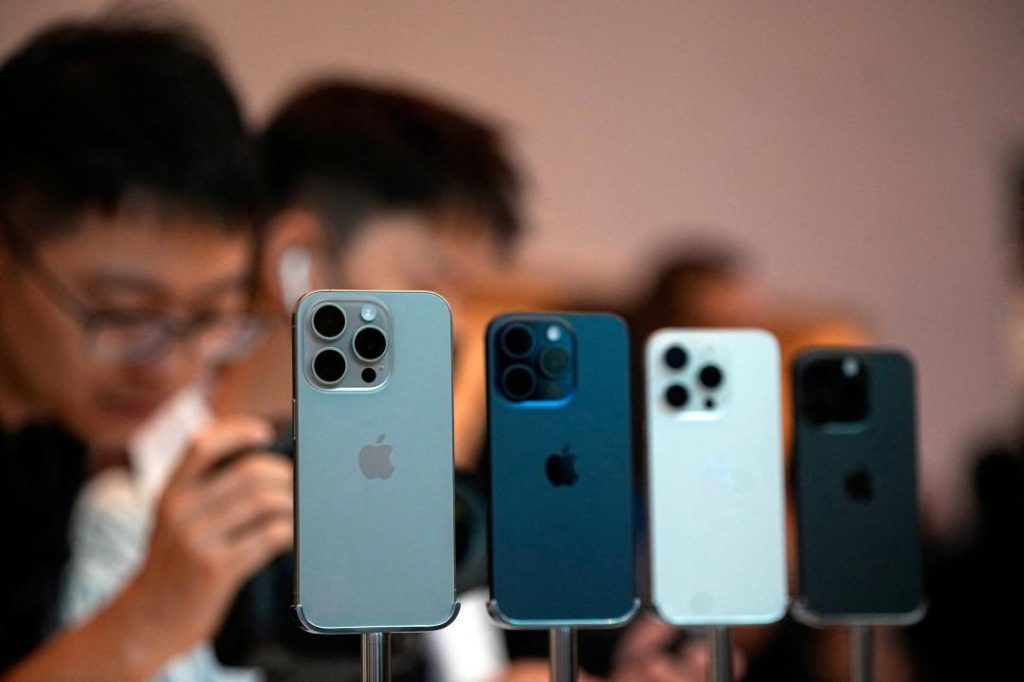
How Much Does it Cost to Make an iPhone? And How May it Change Due to US Tariffs?
In today’s tech-savvy world, iPhones have become a staple in many individuals’ daily lives. With their sleek designs, advanced features, and seamless user experience, it’s no wonder why Apple’s iPhones are one of the most sought-after smartphones globally. But have you ever wondered how much it costs Apple to manufacture these devices? And more importantly, how may US tariffs impact the cost of making an iPhone? In this blog post, we’ll delve into the details and explore the answer to these intriguing questions.
The Manufacturing Cost of an iPhone
According to a recent report by Moneycontrol, Apple spends around $580 (approximately ₹50,000) to make a 256GB iPhone 16 Pro. This cost includes various components, such as the A18 Pro chip, rear camera systems, display, and more. Here’s a breakdown of the estimated costs:
- A18 Pro chip: $90.85
- Rear camera systems: $126.95
- Display: $37.97
- Other components: $325.23
These costs add up to the total manufacturing cost of $580. However, it’s essential to note that these figures are estimates and may vary depending on various factors, such as production volumes, supply chain costs, and economies of scale.
The Impact of US Tariffs
As many iPhones are assembled in China, the 54% tariffs imposed by the US government on Chinese imports could significantly impact Apple’s manufacturing costs. Under these tariffs, the total manufacturing cost of an iPhone would increase by approximately $267 (around ₹23,000), bringing the total cost to around $847 (approximately ₹73,400).
This significant increase in manufacturing costs could have a ripple effect on the overall cost of the iPhone, which could be passed on to consumers in the form of higher prices. This could be a significant blow to Apple’s sales, particularly in the US market, where consumers are already sensitive to price changes.
Why Tariffs May Have a Greater Impact on Apple
Apple’s reliance on Chinese manufacturing facilities, such as Foxconn and Pegatron, makes it more vulnerable to the impact of US tariffs. The company’s supply chain is heavily dependent on Chinese components, which are subject to the tariffs. This means that even if Apple were to shift some of its production to other countries, it would still be affected by the tariffs on Chinese components.
Furthermore, the tariffs imposed by the US government are not limited to just Chinese imports. They also apply to other countries that trade with China, including Vietnam, Taiwan, and South Korea. This broad scope of the tariffs could lead to a significant increase in Apple’s manufacturing costs, making it challenging for the company to maintain its profit margins.
What Does This Mean for Consumers?
The impact of US tariffs on Apple’s manufacturing costs could have significant consequences for consumers. If Apple were to pass on the increased costs to consumers, it could lead to higher prices for the iPhone. This could be a significant blow to sales, particularly in the US market, where consumers are already sensitive to price changes.
Additionally, the increased costs could lead to a decrease in demand for the iPhone, as consumers may opt for cheaper alternatives or delay their purchases. This could have a ripple effect on the overall smartphone market, as Apple’s competitors may also be affected by the tariffs.
Conclusion
The cost of making an iPhone is a complex issue, with many factors contributing to the final cost. While Apple’s manufacturing cost is around $580 for a 256GB iPhone 16 Pro, US tariffs could increase this cost by approximately $267, bringing the total cost to around $847. This significant increase in manufacturing costs could have a ripple effect on the overall cost of the iPhone, which could be passed on to consumers in the form of higher prices.
As the trade tensions between the US and China continue to escalate, it’s essential for consumers to stay informed about the potential impact of tariffs on the cost of their favorite devices. With the global smartphone market becoming increasingly competitive, it’s crucial for companies like Apple to adapt to changing circumstances and find ways to maintain their profit margins.
Source:






